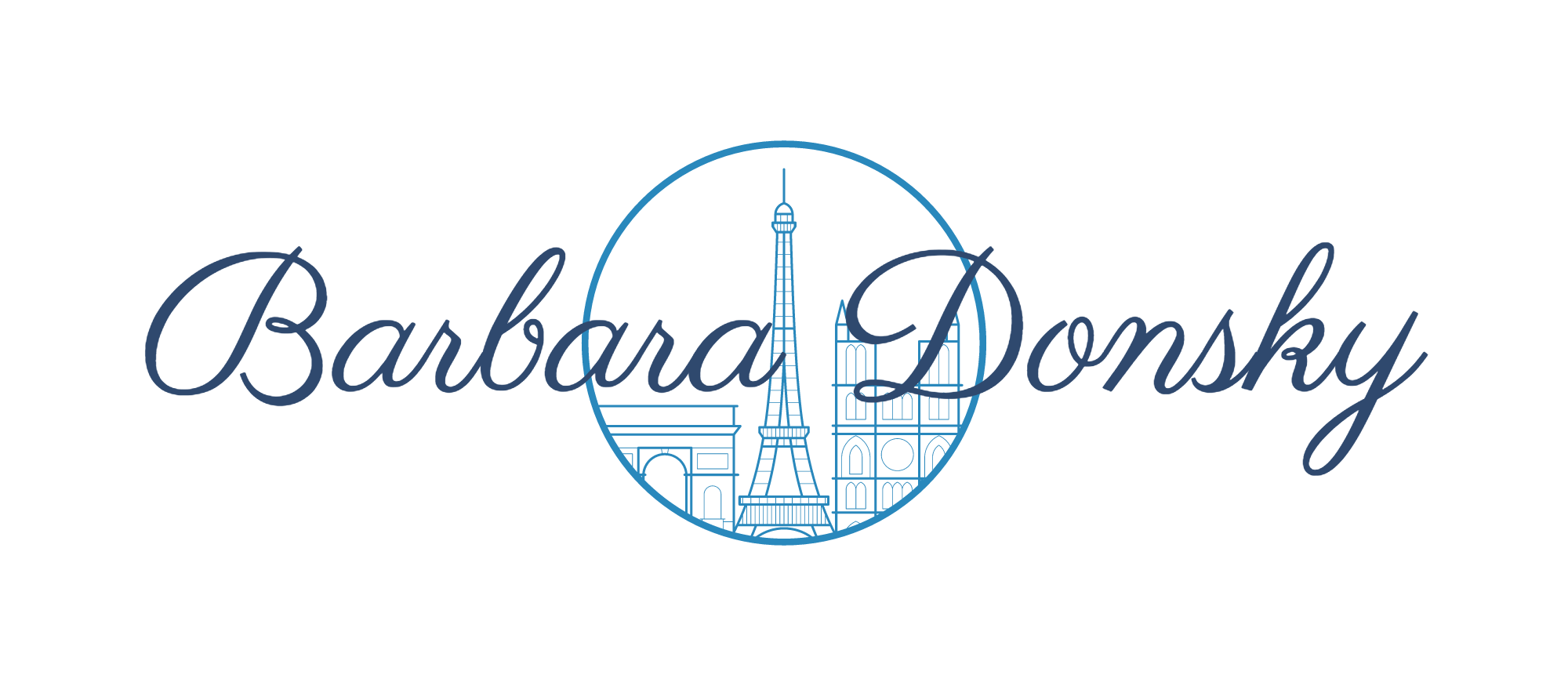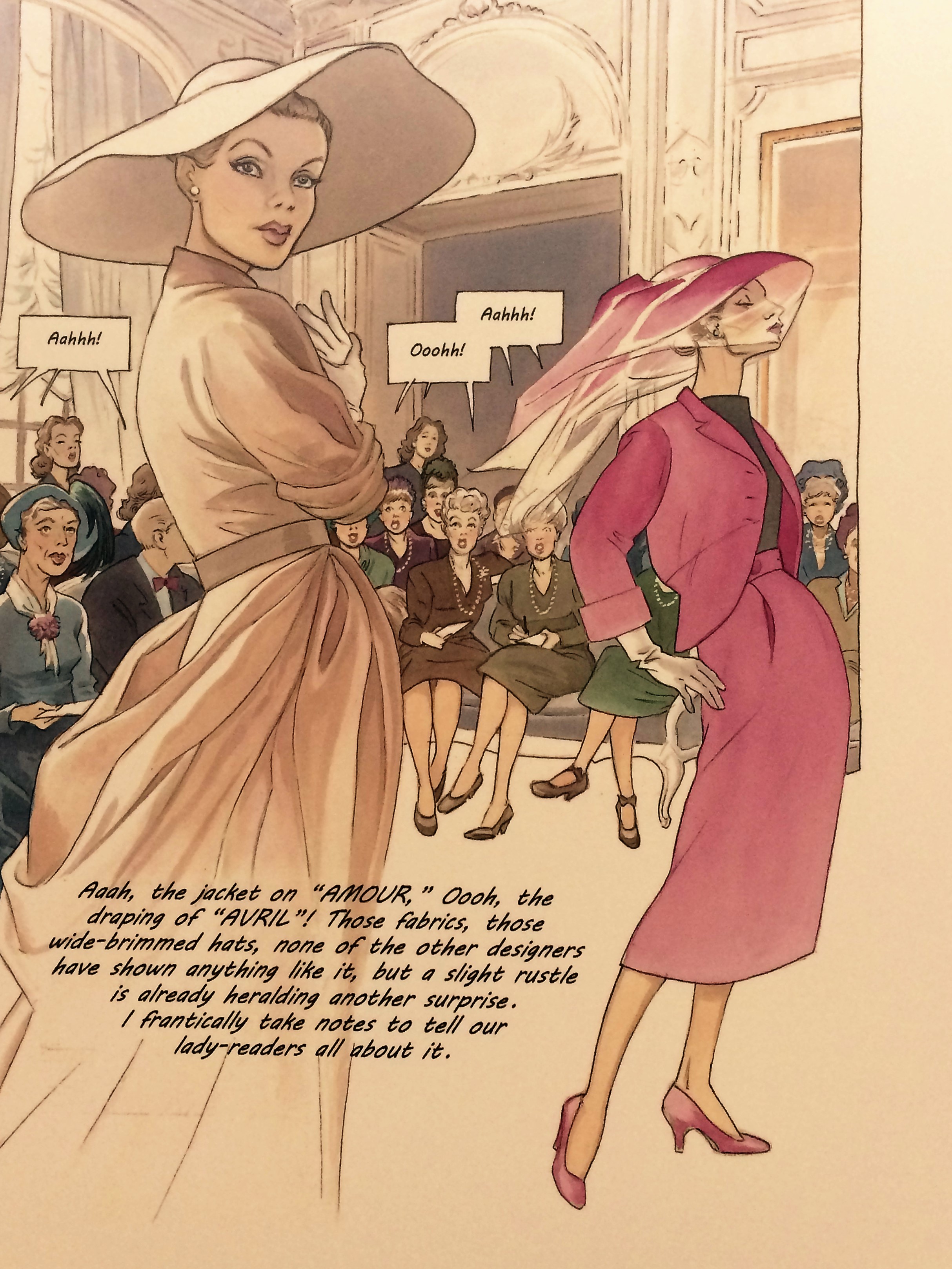French Comics Framed Festival
If you like comics and live in New York, you're in luck! The French Comics Framed Festival featuring leading French cartoonists has arrived in town, with nearly all the events open free to the public. The festival runs from September 27 to November 5, 2016 with events scheduled at various venues. ‘Meet the Artists,' for instance, is scheduled for booth #1558 at the Comic Con Convention Oct.6-9, at the Jacob K. Javits Convention Center. This event, with many attendees wearing the costume of their favorite comic book or video game hero, is not open free to the public, in fact, I've been told it sells out within minutes of the tickets becoming available online. Had you wanted to go this week, you would have needed to buy a ticket last April. And thousands did!
Another event, 'French Comics On Screen: Film Adaptations of Franco-Belgium Graphic Narratives’ had been shown at The School of Visual Arts October 6 at 7 p.m.
The day following, October 7 at 6:30 p.m., there was a conversation about the contemporary comic scene in France: ‘Drawing Life: The Rise of Graphic Biography in France’ will cap the Museum of the City of New York’s current exhibition on the work of Roz Chast. If you are not familiar with her style, be sure to click on her name to see her vision of what a cozy NYC subway car might look like. Don't miss it.
What tapped into my youthful enthusiasm for comic art was the exhibition, 'French Comics Framed,' with more than 80 graphic-novel illustrations, which highlight the development of the comics over the last 70 years in Paris and Brussels. Given this chance to get an overview of a topic I knew little about was a huge enticement. Hopping the #4 on the Lexington Avenue subway line around noon, I clawed my way into a car where passengers were jammed together like sardines in a can.
Coming up from down under at the Astor Place station, I found myself a stone's throw from the iconic Foundation Building of The Cooper Union, 7 East 7th Street, which is across the street from its glamourous younger sibling. What's lovely is that the exhibition of framed comics is in a light and airy arcade that wraps around the side of the venerable old building. With the students presumably in class, I had the place to myself and a chance to read all the plaques, starting with the following.
Everything Started with A Trip to the U.S.A.
'In 1948, three friends took an unforgettable road trip through the U.S. And Mexico, captivated by the American dream and the freedom of endless landscapes. In their backpacks as they drove: pencils and paper. When they returned to French, these young artists would reinvent French humor and affect generations of readers through their stories' (wall placard).
First Came the Narrative
Originally, the Franco-Belgium comics were single self-contained volumes, but this would change. Influenced by the rise of the American hero-fantasy strips and sagas, French artists began to develop narrative cycles and science-fiction series. Innovations in photography also played a part. Such staples from the film industry—the adrenaline pumping plots, the zoom lens—quickly made their way into the comics.
Then Came Form and Color
What I learned was that comics are primarily characterized by the architecture of their form—be it a panel, a strip or a page—something we've all instinctively known, if not fully thought through. And as architects show us the future of a project or a city-scape by using perspective, comic artists do the same to more fully immerse their readers in the story.
In the comic strips, at least in the ones I recall fondly from my youth, the tone was determined in great measure by the artist's choice of colors—from the soft mauve and mossy greens of 'Prince Valiant' to the bold primary colors (red, yellow and black) of 'Dick Tracy.' So much of the joy and excitement of the comics were generated by the illustrations and the choice of colors. In the panels and strips on display at Cooper Union, you can see the French artists' hankering for the vivid colors of the Wild West as they had seen depicted in American comic art.
And Then Came French Fashion
Equally delightful were the cartoons showing the differences between French fashion—note the longer flowing dresses, the wide-brimmed hats—and American fashion with the young women seen shortening their skirts, saying: 'The Alamo may have fallen, but our skirts won't.' I hope you can read the captions easily enough, as they give you a feeling for the tenor of the times.
Well, that's the latest from your intrepid reporter, busy scouting the streets of New York for any sightings of Parisian style. My only disappointment is that after seeing the exhibit and learning more about the Comic Con at the Javits Center, I'm sorry I didn't buy a ticket last April.
Thanks for dropping by, hope to see next Sunday when I'll have the coffee ready... And, s'il vous plaît, would you take a second to share the post with friends? Merci beaucoup.
A bientôt mes amis...






